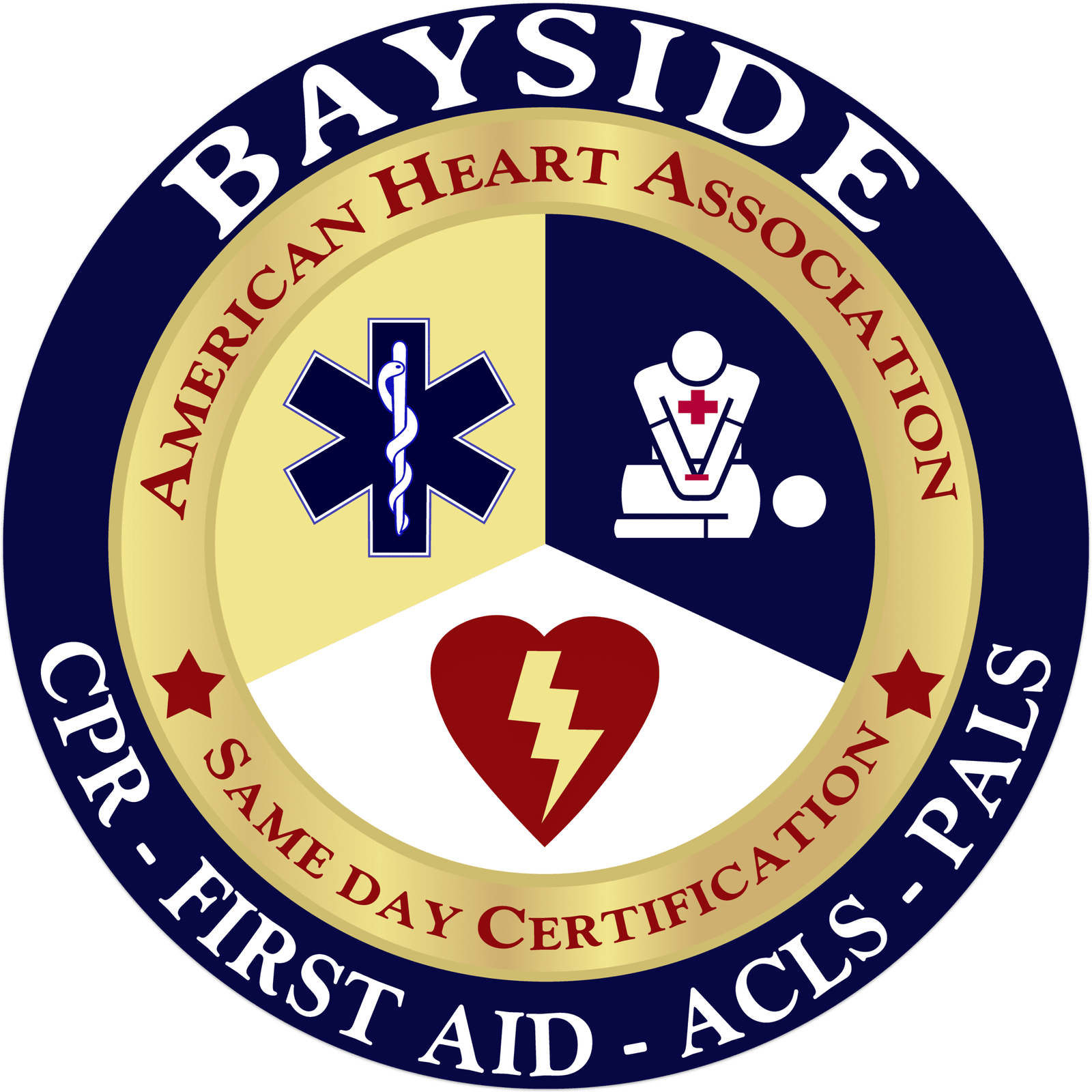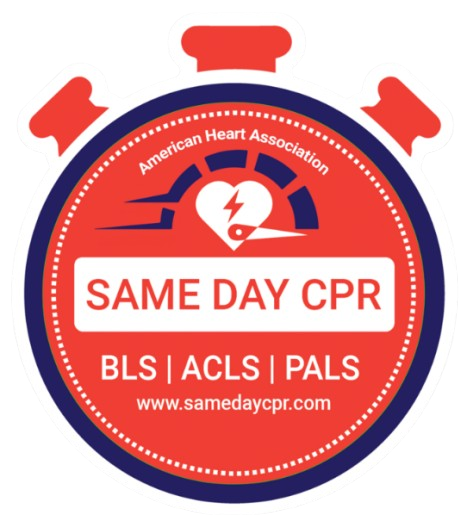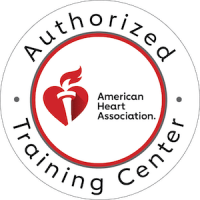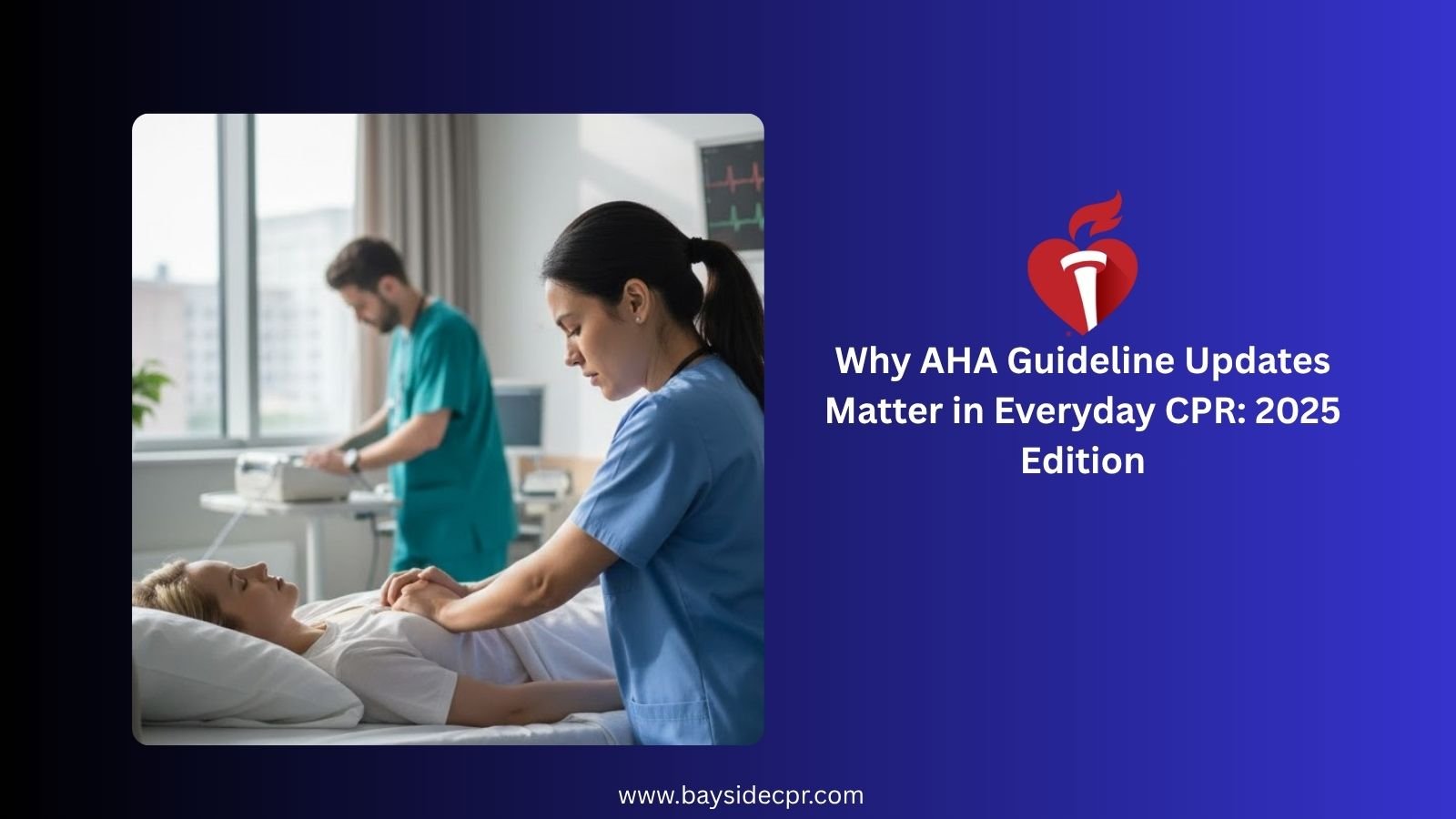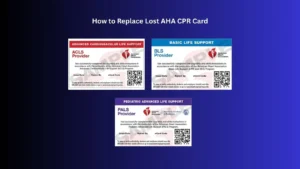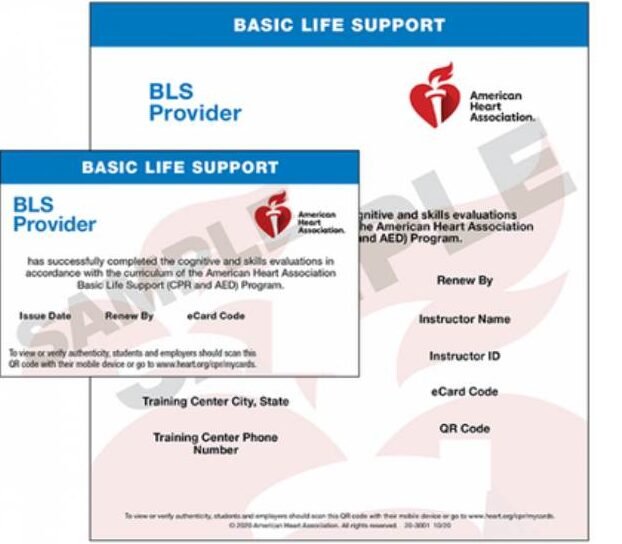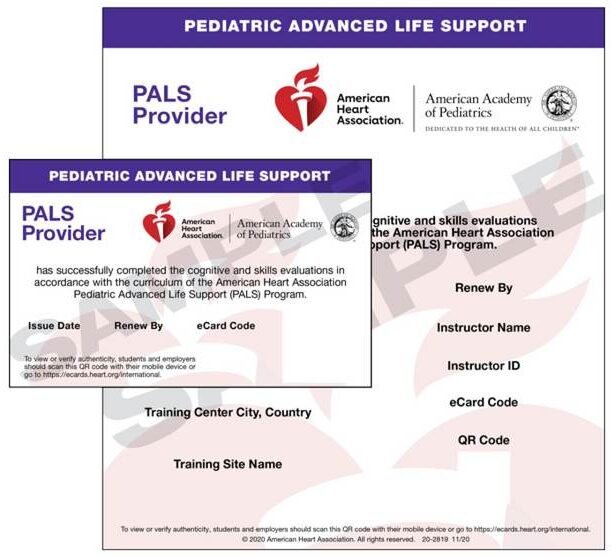CPR (cardiopulmonary resuscitation) can make the difference between life and death in an emergency, and knowing how to do it correctly is more important than ever. The American Heart Association, or AHA, sets the standard for how CPR should be performed, and its guidelines guide both professionals and everyday people who might find themselves in an emergency. Every five years, the AHA updates these recommendations based on the latest research and real-world experience, making sure that the techniques taught are the most effective and safe. The 2025 updates bring new insights that matter not just for doctors and nurses, but for anyone who might need to act quickly to save a life. Understanding these changes helps everyone feel more confident and prepared in a cardiac emergency.
Note: This is for informational purposes only. For medical advice or diagnosis, consult a professional.
The Role of AHA Guidelines in CPR
The American Heart Association (AHA) guidelines help people give CPR the right way and improve chances of survival. They share clear advice for everyone, from beginners to professionals, and guide training, care, and policy.
- Standardize Care: The guidelines create a shared, research-backed framework for CPR, making emergency care consistent everywhere.
- Advance Resuscitation Science: They rely on the latest research and are regularly updated to improve techniques and outcomes.
- Provide Specific Recommendations: The guidelines give step-by-step instructions on CPR, including compressions, breaths, and defibrillator use.
- Cover Different Populations: They address the needs of adults, children, and infants, and are designed for both professionals and lay rescuers.
- Guide Public and Professional Training: Training programs use these guidelines as a foundation, ensuring consistent education for everyone.
- Promote a System-Based Approach: The guidelines highlight a coordinated “Chain of Survival,” connecting responders and systems to boost survival rates.
- Inform Policy: Policymakers use the guidelines to create laws and policies that improve public response to cardiac emergencies.
What’s New in the 2025 AHA CPR Guidelines
The 2025 AHA CPR guidelines bring fresh updates to help everyone respond faster and save more lives. From new rescue steps to stronger training and team approaches, these changes make CPR easier to learn and apply.
1. Unified Chain of Survival
A single six-link “chain of survival” has been developed that applies universally to adults, children, and both in-hospital and out-of-hospital cardiac arrests, combining previously separate chains into one comprehensive model. This unified framework encompasses recognition and activation, high-quality CPR, rapid defibrillation, advanced resuscitation, post-cardiac arrest care, and recovery. The aim is to provide a consistent set of principles that can be applied across various settings and age groups.
2. Choking Protocols
- Adults and Children: The current guideline recommends giving 5 back blows followed by 5 abdominal thrusts for a conscious person who is choking.
- Infants (Under 1 Year): The updated protocol advises delivering 5 back blows followed by 5 chest thrusts, repeating until the object is cleared or the infant becomes unresponsive. Learning the correct way to hold an infant when giving back blows can make these maneuvers more effective and safer. If the pediatric patient becomes unresponsive, perform CPR immediately.
3. Infant CPR
Current guidelines advise using the two-thumb technique when there are two or more rescuers, while a single rescuer should use the two-finger technique. The two-thumb method is preferred because it provides deeper, more accurate compressions, whereas the two-finger approach can be easier for a lone rescuer and may offer advantages in chest recoil in certain situations.
4. Opioid Overdose
The new AHA guidelines offer clearer, more detailed algorithms for managing suspected opioid overdoses, emphasizing timely recognition and intervention. They also highlight the importance of public access to naloxone, ensuring that life-saving information and resources are more widely available to the community.
5. Child AED Use
The guidelines for using an AED (Automated External Defibrillator) on children are more flexible, emphasizing early defibrillation over perfect equipment. Key changes include allowing adult AEDs to be used on children over 8 years old and weighing less than 55 lbs (25 kg) without special modifications. If pediatric pads are unavailable, standard adult pads can be used on younger children, provided the child is not touching them.
Also, Read: How Is a Child Defined in Terms of CPR/AED Care?
6. Training and Education
The 2025 AHA guidelines recommend teaching CPR to children aged 12 and older and encourage using feedback devices and other technologies to enhance training effectiveness. Evidence indicates that these tools improve skill acquisition and retention by providing real-time feedback on compression depth, rate, and recoil. Although some studies report mixed results regarding long-term retention, instructor-guided, technology-based blended learning approaches are considered effective and can lessen dependence on instructor availability.
Also, Read: What Does a Chest Compression Feedback Device Monitor During CPR?
Why and Whom AHA CPR Updates Matter
The AHA updates guidelines to keep life-saving care current and effective. These updates help doctors, nurses, and first responders give the best treatment. They also guide anyone learning CPR or emergency skills to act confidently in real situations.
1. For Healthcare Providers
AHA CPR updates matter a lot for healthcare providers because they help you give the safest and most effective care. New guidelines often include the latest research on chest compressions, airway management, and medication use, which can make a real difference in patient survival. Staying current ensures you act quickly and confidently in emergencies, improving outcomes for patients and keeping your skills sharp. Following these updates also helps you stay in line with hospital policies and professional standards, so you can provide care that meets the highest level of quality.
2. For First Responders and Lay Rescuers
Even if you are not a doctor or nurse, AHA CPR updates can change how you respond in a life-or-death situation. Learning the newest techniques gives you the tools to act fast and save someone’s life while waiting for professional help. Updates often simplify steps and make them easier to remember under stress, which is crucial in emergencies. By keeping your skills fresh, you can feel confident and calm, knowing that your actions give the best chance for survival.
3. For CPR Instructors and Training Centers
For instructors and training centers, the AHA CPR updates guide what you teach and how you teach it. New recommendations help you pass on the most accurate, effective methods to students, whether they are healthcare workers, first responders, or everyday people. Staying current keeps your classes relevant and builds trust with learners who rely on your expertise. It also ensures your training programs meet official standards, making your certifications valuable and respected in real-world situations.
How to Stay Current with AHA Updates
Keeping up with AHA updates helps you stay confident and ready to respond in any emergency. Here are a few simple ways to make sure your skills and knowledge stay current.
1. Take Authorized Training Courses
The best way to keep up with the latest AHA updates is by taking courses from trusted, authorized providers. These classes follow the most recent guidelines, so you’ll always learn the correct techniques and procedures. Instructors also share real-world tips that help you apply the updates with confidence in any emergency.
2. Use AHA’s Official Resources
Visit the American Heart Association’s website often to explore their latest materials, news, and online tools. They release updated guidelines, reference cards, and videos that make learning easier and more engaging. Using their official resources ensures you get accurate, up-to-date information every time.
3. Stay Proactive
Don’t wait for updates to come to you; go after them. Sign up for AHA newsletters, join professional groups, and talk with other healthcare providers about changes in CPR and emergency care. Staying proactive keeps your knowledge fresh and helps you provide the best possible care when it matters most.
Also Read, AHA vs ARC CPR Certification: Which is Suitable for You
Preparedness Starts with Up-to-Date Knowledge
In short, CPR saves lives, and staying current with the latest AHA guidelines makes a real difference in an emergency. The 2025 updates give everyone, from healthcare professionals to everyday rescuers, clear steps, effective tools, and guidance on how to respond quickly in critical moments. By learning the newest techniques and practicing regularly, you build confidence, stay calm under pressure, and can act swiftly and effectively. Keeping your skills up to date isn’t just about following rules; it’s about being ready to make a life-saving impact whenever it matters most.
